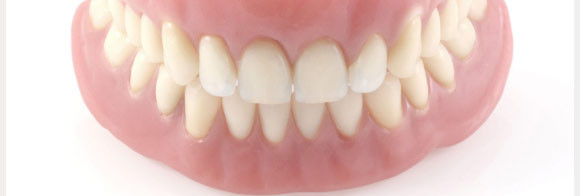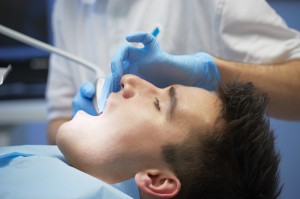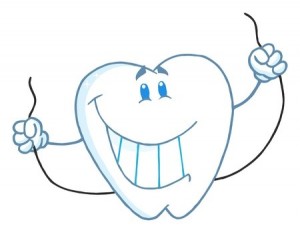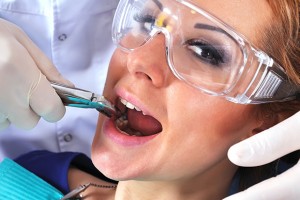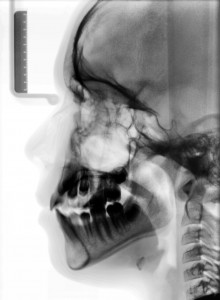Senior Citizens Keeping Dentures Clean
Keeping one’s mouth and teeth clean is healthy and allows for healthier eating. It is very important to take are of your mouth at any age especially when one is an elderly and has dentures. Senior citizens are at a higher risk of experiencing complications with gums and teeth (Healthy Gums and Teeth).
In’s & Out’s of Keeping Your Dentures Clean & Intact
When you start using dentures, it is recommended to start with softer foods to get used to the denture and how it feels. One should also be careful since bones and hot food can not be easily detected with dentures and may cause damage.
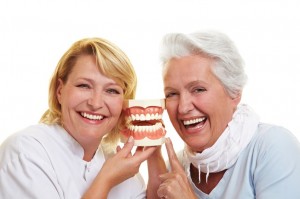
Keeping Senior Citizens Dentures Clean
Dentures or partials should be brushed daily with a soft toothbrush or denture cleaning brush, using a commercially prepared denture powder or paste, hand soap, or baking soda. They should be brushed inside and outside, and rinsed with cool water. Remaining natural teeth and gums, especially those teeth supporting a partial denture, should also be brushed (Teeth Brushing Mastering Tips). It makes them more important since loosing any more teeth causes the partial to be looser or one may need a new appliance which can be costly.
Night Time Guide for Keeping Dentures Clean
When not in use or at night, dentures should be stored in water or a denture cleaning solution to prevent drying.
Those with arthritis or other limiting conditions should try adaptations to make dental care easier. For example, attach a bicycle grip or wrap a washcloth around a toothbrush handle for easier grasping. Also by using electric toothbrush (Electric Toothbrush Wiki Page), it may be easier to control than a manual one. They are also great for removing plaque (Dental Care | 7 Basic Things You Should Do) and stimulating gums.
Denture Fitting
Check dentures for fit. If you wear full or partial dentures, be sure they fit properly and that you are using the correct amount of denture cream. If you experience discomfort, or if you are using more than one tube of denture cream every three weeks, your dentures may not fit properly and should be evaluated. Visit your dentist (Best Dentist in Santa Monica) to see if they need to be adjusted. Ever few years the dentures may need to be relined meaning your dentist needs to add more plastic in the bottom of the denture where it sits on your gums. Over time by wearing dentures and placing pressure on the gums, the gums and bone will shrink producing a gap between your gums and denture. The reline procedure will fill this gap making the denture fit better and tighter.







